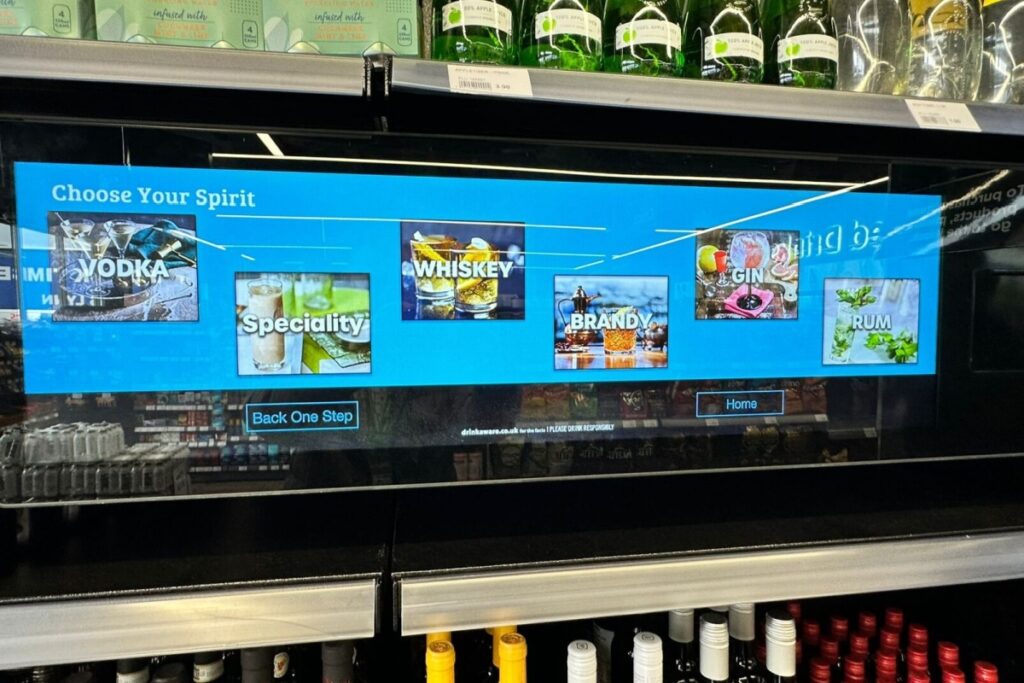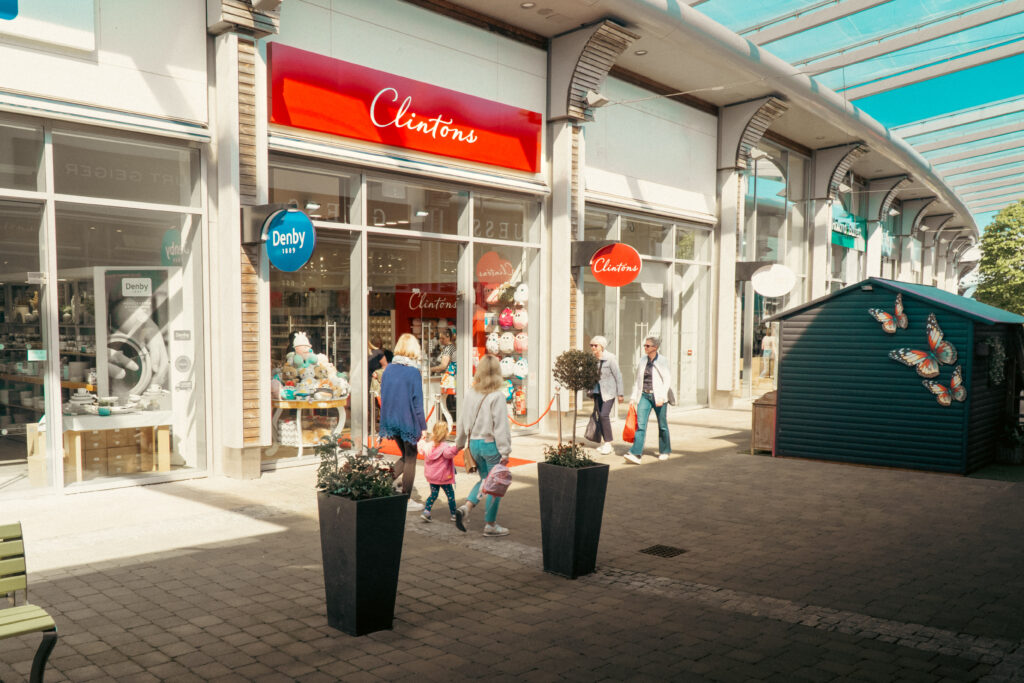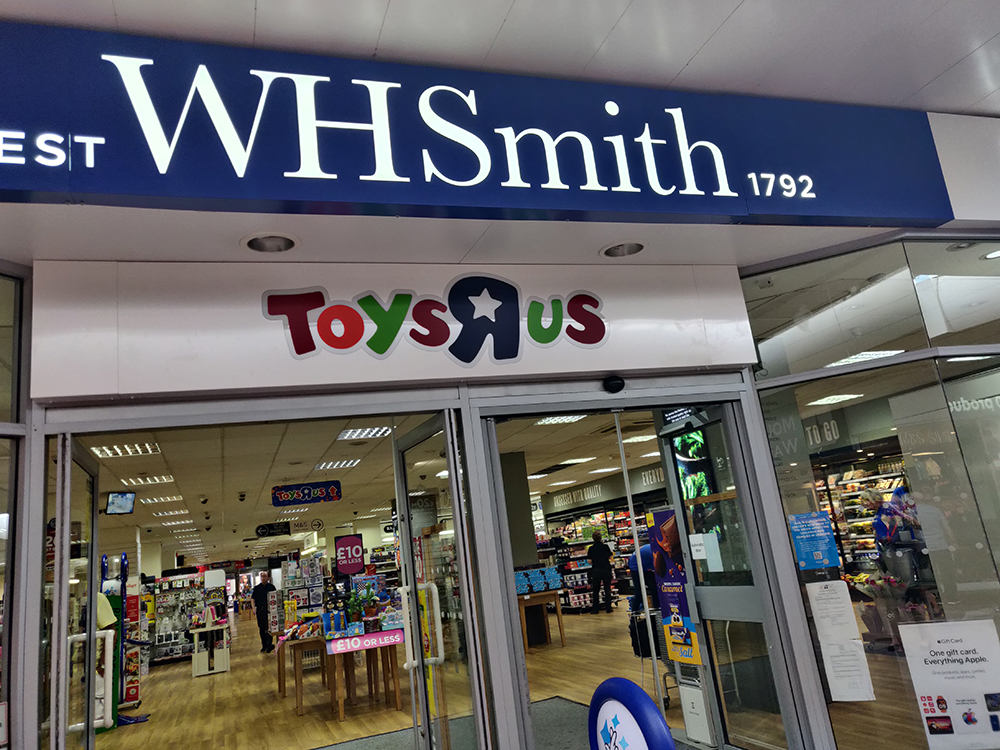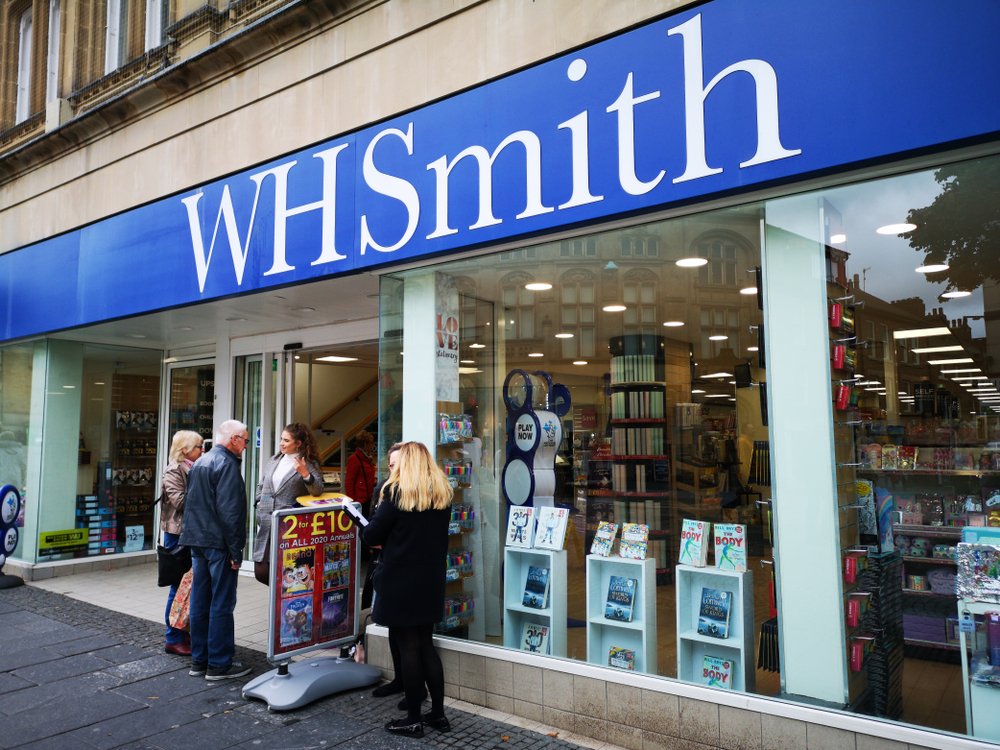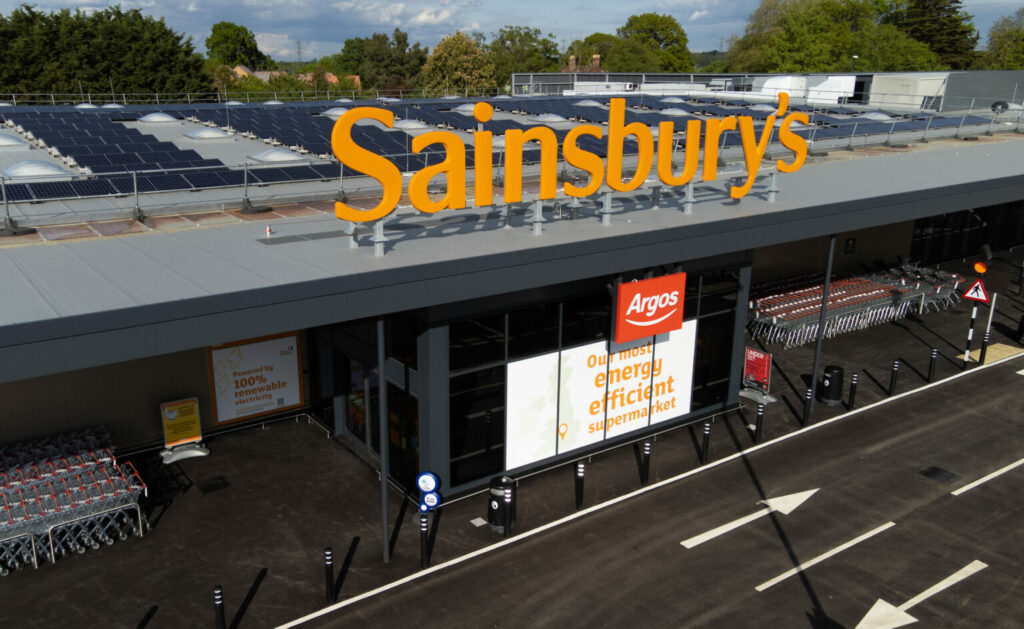Sainsbury’s unveiled a strategy update, dubbed ‘Next Level Sainsbury’s, where it set out how it would boost profits by putting food, Nectar card and convenience first – along with a new set of £1bn cost savings.
Building on the momentum of its previous ‘Food First’ plan, Sainsbury’s chief execuive Simon Roberts claims the plan will help take it to the next level, noting it is “just at the beginning of rediscovering quite what this business is capable of”.
Retail Gazette looks at what we can learn from Sainsbury’s strategy update, if the changes make sense, and whether they are enough to keep momentum going at the grocer.
First choice for food
Roberts explains that having previously fixed the basics of price in its ‘Food First’ strategy, which he calls “the biggest barrier to shopping at Sainsbury’s” it was now focussed on how it could bring more customers to do more of their shopping at the supermarket.
The CEO points out hat just 15% of its roughly 600 stores currently offer its full food range. It plans to invest in around 180 of its highest potential supermarkets to stock the full food range over the next three years “in a really focussed way”.
Roberts says: “Historically we have perhaps erred too far on the side of caution in terms of the cost of that change.
“Now that the business is back performing well and driving the volumes that we’re seeing, we think this is the right time to really accelerate this investment and rebalance the space in our stores to make sure we can give more of our food range to more of our customers.”

However, Sainsbury’s plans to reduce its general merchandise offering in stores to make space for the wider food offer.
Independent retail commentator Nick Gladding says: “I think it’s a fairly low risk shift that will be positive for profitability.
“Sainsbury’s has scope to sell some of the general merchandise lines dropped through Argos.”
World-leading loyalty platform
Sainsbury’s also wants to build a “world-leading loyalty platform” for customers.
But having already claimed its strong Christmas performance was “powered by Nectar Prices,” where are the areas that the loyalty scheme can improve?
IGD global insight leader Bryan Roberts points out: “It’s doing a fine job here, but Nectar is still a laborious chore in terms of manually activating offers and exclusive prices. Clubcard is just easier.”
Roberts clearly agrees and says it will focus on how Nectar can become “more integrated for shoppers,” moving “far beyond rewards” and how the capabilities of its loyalty and marketing services agency Nectar 360 and the strength of its coalition model can take advantage of the growing UK retail media opportunity.
He now expects more profit from Nectar 360, which Roberts says will deliver an incremental £100m over the three years ahead of its previous guidance of £90m over four years.
More Argos more often
The third focus in the grocer’s strategy is centred around “more Argos more often”.
Although Roberts says he thinks Sainsbury’s has made a lot of progress on transforming Argos into a “more resilient business” he notes there are many more opportunities to go beyond that.
He points out although around half the UK population shop in Argos, on average they only make around three visits per year, and only buy one to two items on average.
He explains: “More Argos more often is about providing a wider range of more inspiring brands and products and encouraging more frequent browsing missions.
“We’re going to be driving greater awareness of click and collect and our delivery proposition.”
He continues: “Investing in the digital supercharging of Argos is one of the key things that we’re really focussed on.”
In terms of how Sainsbury’s can encourage shoppers to buy at Argos more often, Gladding says: “Nectar could play an important role in encouraging Sainsbury’s shoppers to buy from Argos.
“Personalised offers could be used to incentivise high spending Sainsbury’s shoppers to buy more from Argos.”
Gladding also believes that stronger messaging of Argos’ strengths in-store and online could also help boost frequency of shop.
“Sainsbury’s should also look at the positioning of Argos areas within its stores. Integrating them more into the grocery shop floor would encourage more usage by Sainsbury’s shoppers,” he says.
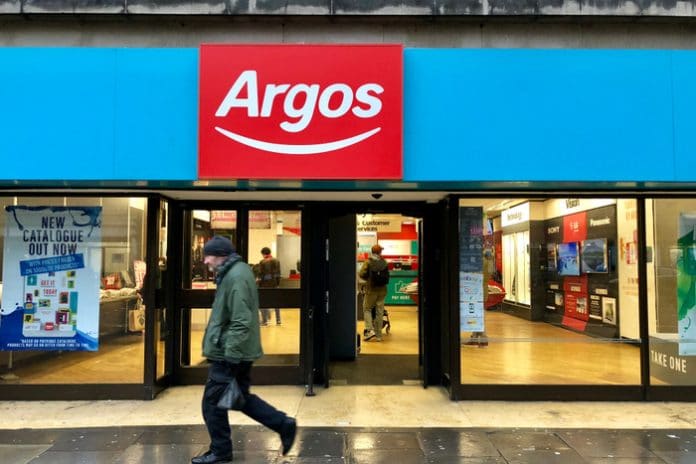
Save and invest to win
Lastly, Sainsbury’s plans to “save and invest to win” under its new strategy.
The supermarket intends to “save £1bn and invest in transforming capabilities” which it explains will be “another big leap forward in efficiency, productivity and customer focus, continuing to build a platform for growth”.
Roberts explains it intends to take more cost out of the business “fuelling investment both for customers and to improve performance” as well as investing capital “with a really clear focus to unlock efficiency, drive new capabilities and productivity, and drive our growth”.
Roberts says it will invest in high returning technology in automation and drive big steps forward in efficiency.
He explains: “We want to build a platform of really flexible tech, that will not only deliver the wins that we need now, but will also help us unlock the improvements that I’m talking about for our customers.
“Machine learning more and more and artificial intelligence can make a huge difference to the speed and efficiency on which decisions happen.”
He adds: “We’re going to invest in a really focused way in technology, particularly in these areas of productivity of automation, and how we fulfil things in a different way.”
Roberts highlighed automated tills and warehouse robots as well as AI forecasting tools to ensure it has the right stock in stores
He did not rule out job losses as a result of the changes, but made no announcement on redundancies.
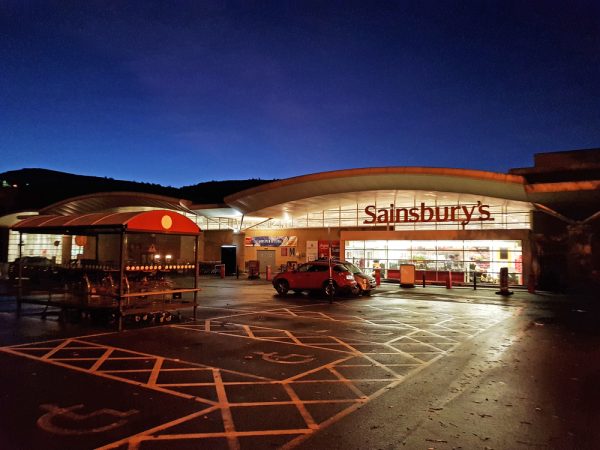
Do the changes make sense?
Sainsbury’s has been a strong performer in recent months and saw sales surge 8.1% in the 12 weeks to 21 January and picked up even more market share.
Is its new strategy enough to keep momentum going?
Gladding says: “I think the new plan demonstrates Sainsbury’s confidence in the underlying health of its business and has been made possible by the successful execution of the Food First strategy over the last three years.
“Increasing access to Sainsbury’s full food range to more stores clearly makes sense. It’s surprising that it’s only available at 15% of supermarkets now.”
IGD’s Roberts says Sainsbury’s has “done really well” of late but flags “a worry would be the impressive dynamics from M&S, the focus on London and the southeast from the discounters, and a Tesco that’s at the top of its game”.
“You can only control the controllables, though, and Sainsbury continues to be making some smart choices.”
If those smart choices pay off, it could be another stellar year for the grocery giant.
Click here to sign up to Retail Gazette‘s free daily email newsletter



